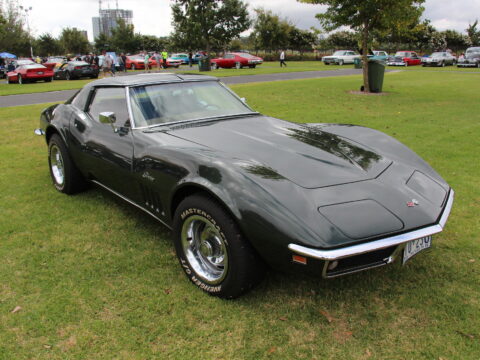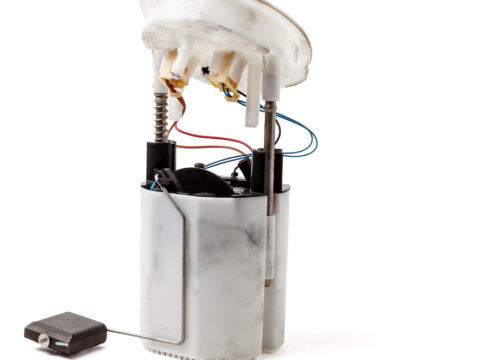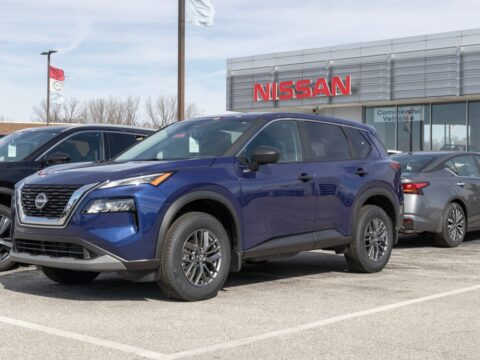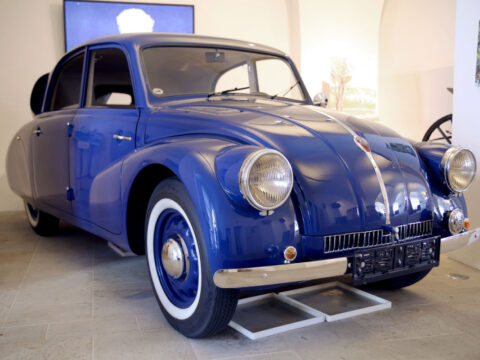Once symbols of style and performance, many American coupes have seen their popularity fade over time. These cars, which were once coveted for their sleek designs and powerful engines, now struggle to maintain the same appeal in a market dominated by SUVs and sedans. In this article, we’ll take a look at some of the formerly coveted American coupes that have lost their luster, exploring the reasons behind their decline and why they no longer capture the public’s imagination. Despite their faded glory, these vehicles remain a fascinating part of automotive history.
Contents
Chevrolet Monte Carlo (1970-2007)
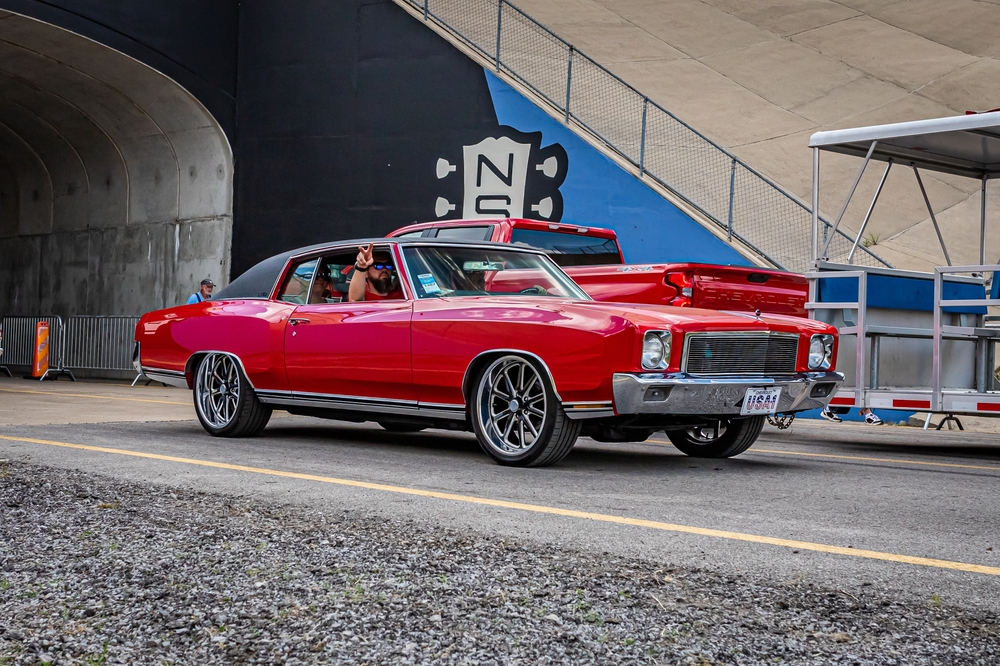
The Chevrolet Monte Carlo was once a highly coveted American coupe, particularly during its early years in the 1970s when it was known for its blend of luxury and performance. The first generation featured a long hood, short deck design, and was available with powerful V8 engines, making it a popular choice among muscle car enthusiasts. However, as the years passed, the Monte Carlo underwent several redesigns, with later models in the 1980s and 2000s losing their performance edge and becoming more focused on comfort and fuel economy. The final generation, produced from 2000 to 2007, was criticized for its uninspired design and lackluster performance, leading to a decline in popularity. Once a symbol of American muscle, the Monte Carlo eventually lost its appeal as more exciting and modern coupes entered the market.
Ford Thunderbird (1955-2005)
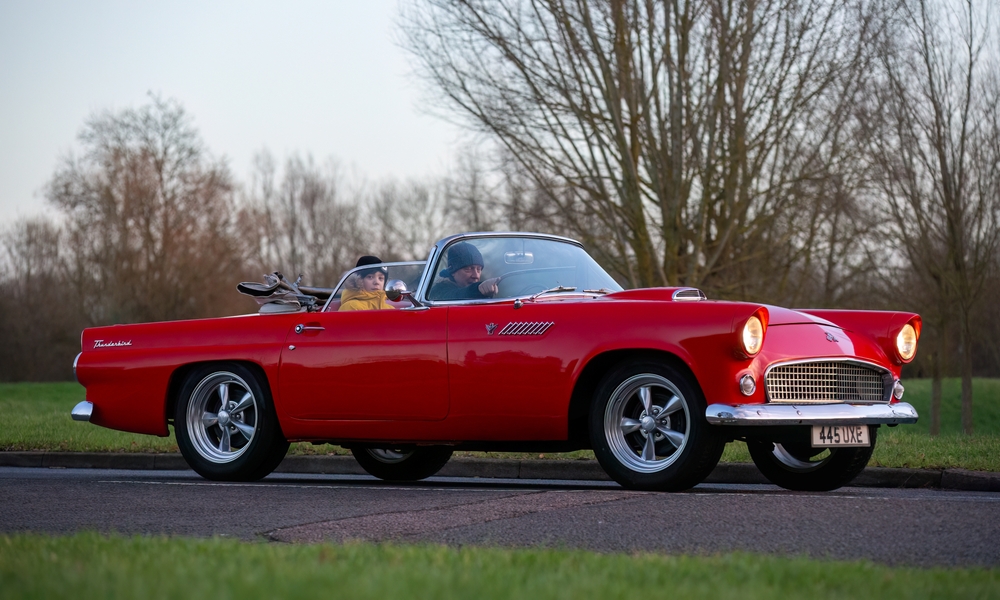
The Ford Thunderbird was originally introduced in 1955 as a stylish, personal luxury coupe that quickly became an American icon. Its sleek design, V8 power, and upscale features made it a favorite among buyers looking for a sophisticated yet sporty vehicle. The Thunderbird enjoyed several successful generations, but by the late 1990s and early 2000s, its appeal had waned. The 2002-2005 model attempted to recapture the magic of the original with retro styling, but it failed to resonate with modern consumers due to its lackluster performance and high price. The once-coveted Thunderbird was discontinued in 2005, having lost its luster as tastes shifted toward more dynamic and performance-oriented vehicles.
Buick Riviera (1963-1999)
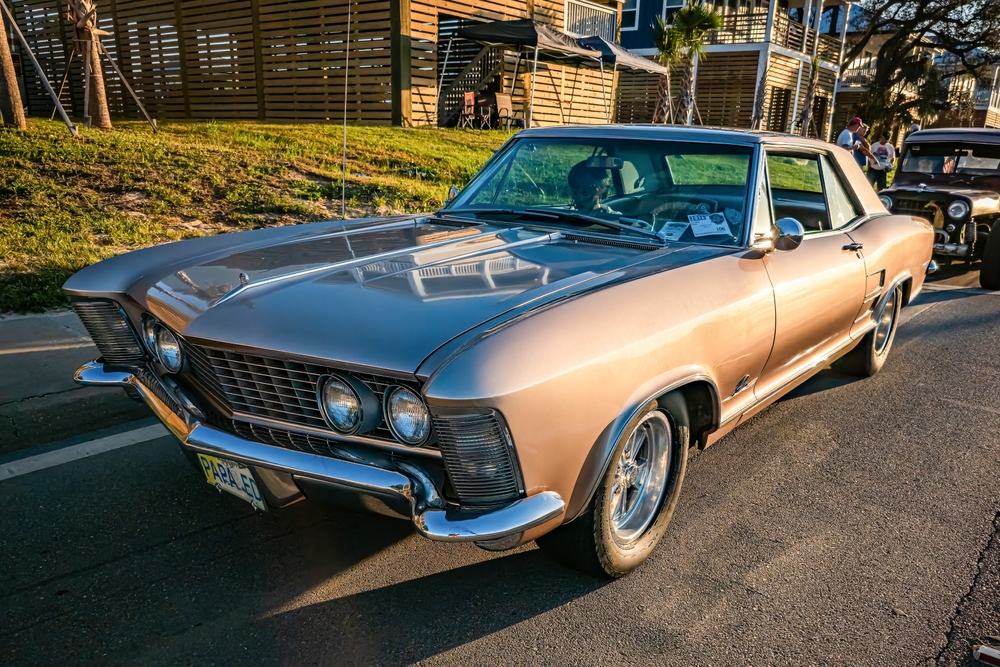
The Buick Riviera was introduced in 1963 as a luxury coupe with a distinctive design and powerful performance. Its bold, flowing lines and advanced features like hidden headlights made it a standout in the personal luxury car segment. Throughout the 1960s and 1970s, the Riviera was a symbol of American automotive elegance and power. However, by the 1980s and 1990s, the Riviera’s design became more conservative, and its performance diminished as fuel efficiency became a priority. The final generation, produced from 1995 to 1999, was criticized for its bland styling and lack of innovation. Once a highly coveted luxury coupe, the Riviera faded into obscurity as it struggled to compete with more modern and stylish offerings.
Oldsmobile Cutlass Supreme (1967-1997)
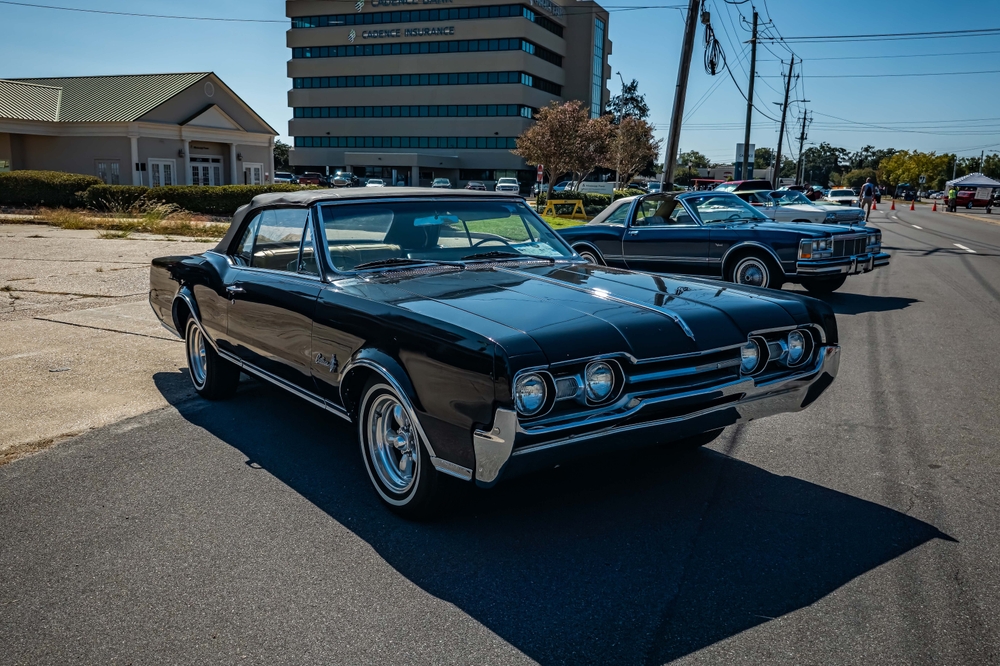
The Oldsmobile Cutlass Supreme was one of the most popular American coupes in the late 1960s and 1970s, known for its blend of style, comfort, and performance. The early models featured sleek lines, powerful V8 engines, and a reputation for reliability, making it a favorite among car enthusiasts. However, as the 1980s and 1990s progressed, the Cutlass Supreme underwent several redesigns that focused more on comfort and fuel efficiency, sacrificing the performance and style that had made it so popular. The final generation, produced from 1988 to 1997, was seen as outdated and uninspiring, leading to a decline in sales and eventually the discontinuation of the Cutlass Supreme nameplate. Once a symbol of American automotive excellence, the Cutlass Supreme lost its luster as it failed to keep up with changing consumer preferences.
Pontiac Grand Prix (1962-2008)
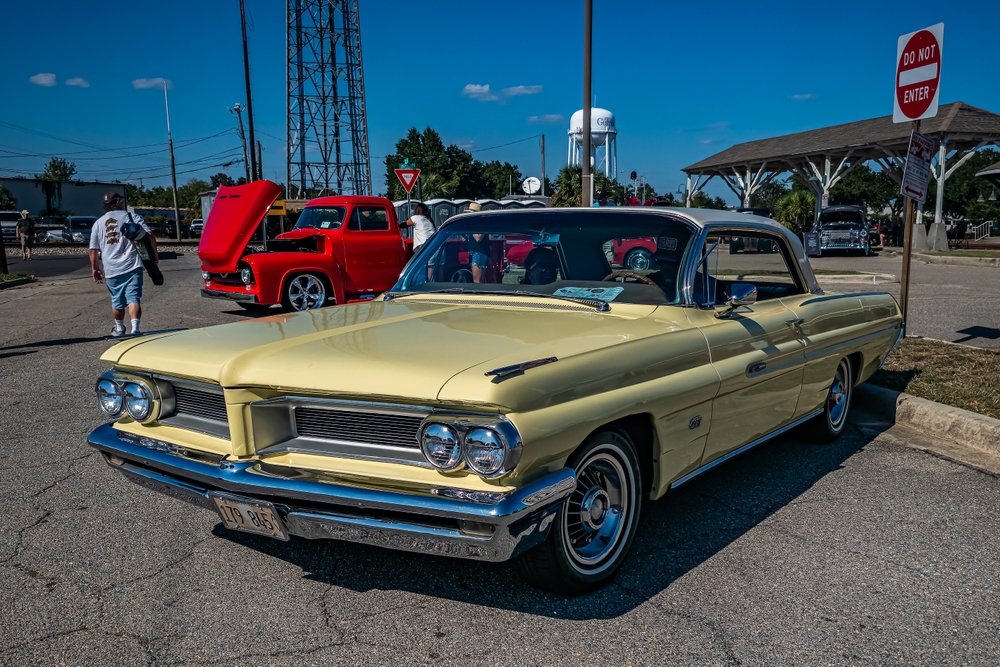
The Pontiac Grand Prix was introduced in 1962 as a full-size coupe with a focus on performance and luxury. Early models were known for their powerful V8 engines, sporty design, and advanced features, making them highly sought after by car enthusiasts. The Grand Prix enjoyed success through the 1960s and 1970s, but by the 1980s and 1990s, it had become more of a mid-size, front-wheel-drive coupe with less emphasis on performance. The final generation, produced from 1997 to 2008, was criticized for its outdated design, lack of innovation, and declining build quality. As Pontiac as a brand struggled, the Grand Prix lost its appeal and was discontinued in 2008, marking the end of an era for a once-coveted American coupe.
Dodge Charger (1966-1978)
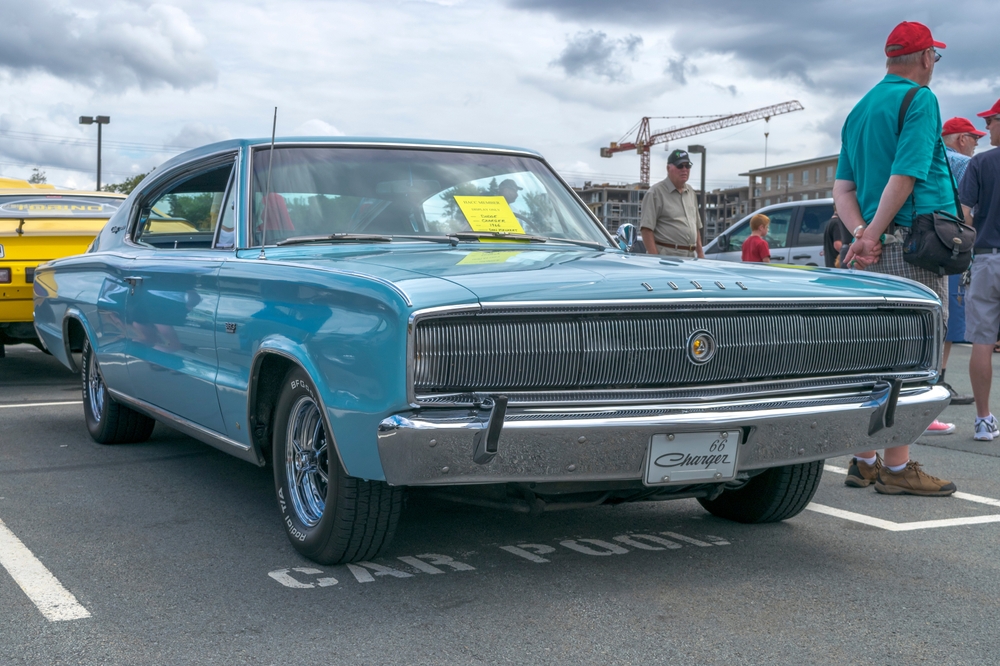
The Dodge Charger is one of the most iconic muscle cars in American automotive history, particularly the second-generation model produced from 1968 to 1970. With its aggressive styling, powerful HEMI V8 engines, and association with popular culture (thanks to appearances in movies like “Bullitt” and “The Dukes of Hazzard”), the Charger became a symbol of American performance. However, the Charger’s luster began to fade in the mid-1970s as the oil crisis and stricter emissions regulations led to a reduction in performance. The 1975-1978 models were downsized and featured less powerful engines, leading to a decline in popularity. The Charger was eventually discontinued in 1978, though it would be revived in later years as a four-door sedan, leaving the original coupe’s glory in the past.
Mercury Cougar (1967-2002)
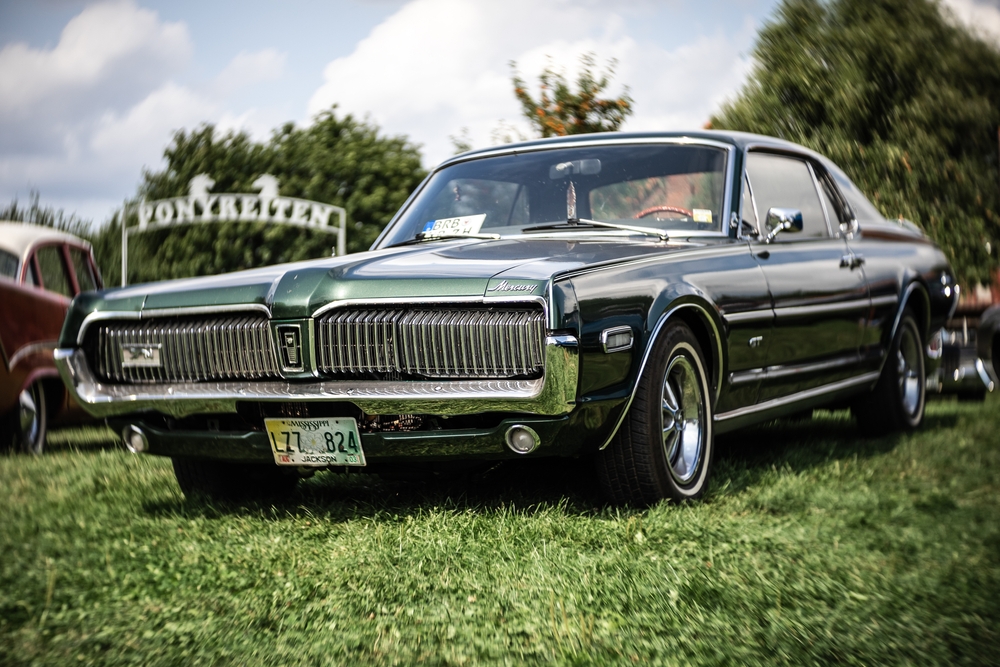
The Mercury Cougar was introduced in 1967 as a more upscale and luxurious counterpart to the Ford Mustang. With its sleek design, hidden headlights, and powerful V8 engines, the Cougar quickly became a favorite among buyers looking for a stylish and sporty coupe. The Cougar enjoyed success throughout the late 1960s and 1970s, but as the 1980s and 1990s progressed, it underwent several redesigns that made it more of a personal luxury car with less emphasis on performance. The final generation, produced from 1999 to 2002, was a front-wheel-drive coupe that failed to capture the spirit of the original. With its uninspired design and lack of performance, the Cougar lost its luster and was discontinued in 2002.
Chrysler Cordoba (1975-1983)
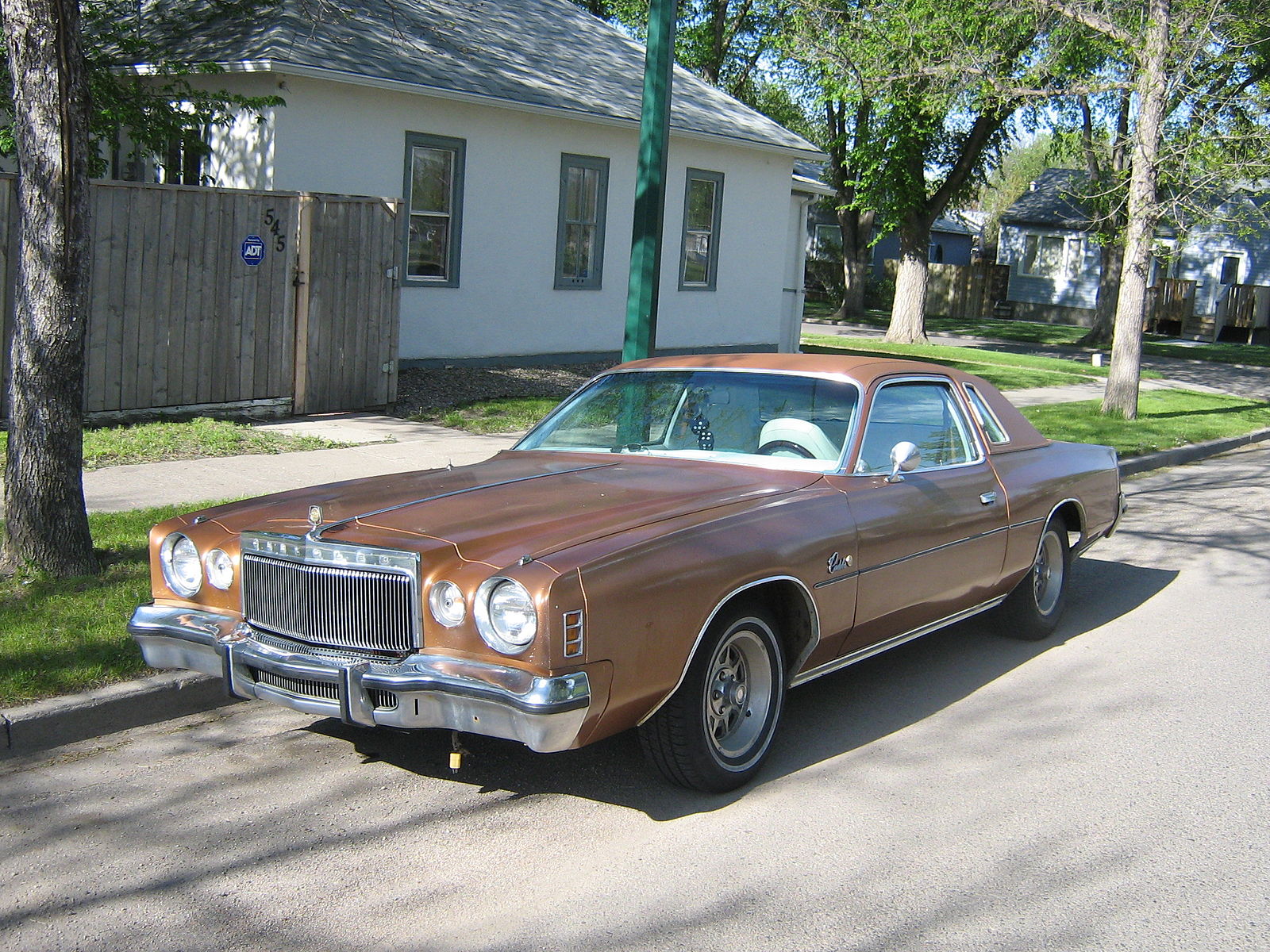
The Chrysler Cordoba was introduced in 1975 as Chrysler’s first foray into the personal luxury coupe market. The Cordoba was known for its plush interior, vinyl roof, and “Corinthian leather” seats, as famously advertised by Ricardo Montalbán. It was a success in its early years, offering a combination of luxury and affordability. However, as the 1980s approached, the Cordoba’s appeal began to wane. The second-generation model, introduced in 1980, was downsized and featured a more angular design that lacked the elegance of the original. The Cordoba’s performance was also diminished due to stricter emissions regulations and fuel economy concerns. By 1983, the Cordoba had lost its appeal and was discontinued, becoming a symbol of the fading era of personal luxury coupes.
Lincoln Mark VIII (1993-1998)
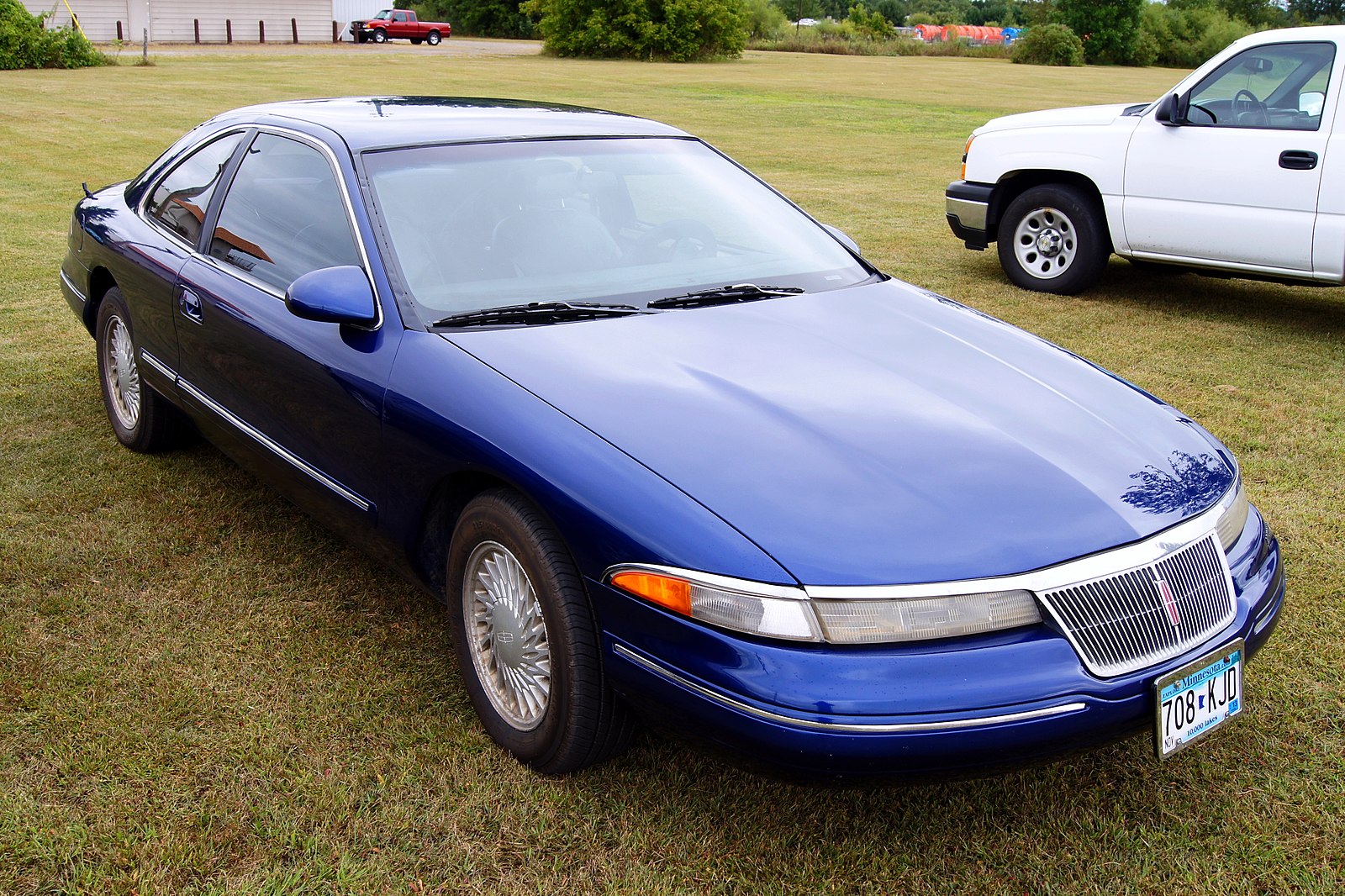
The Lincoln Mark VIII was the last of the long-running Mark series of personal luxury coupes. Introduced in 1993, the Mark VIII featured a sleek, aerodynamic design and was powered by a 4.6-liter DOHC V8 engine that produced 280 horsepower, making it one of the more powerful luxury coupes of its time. The car also featured advanced technology like an air suspension system and a digital dashboard. However, the Mark VIII struggled to compete with the growing popularity of luxury SUVs and imported luxury coupes. Its large size, high price, and outdated image led to declining sales, and it was discontinued in 1998. The once-coveted Lincoln Mark series ended with a whimper as it failed to adapt to changing market demands.
Oldsmobile Toronado (1966-1992)
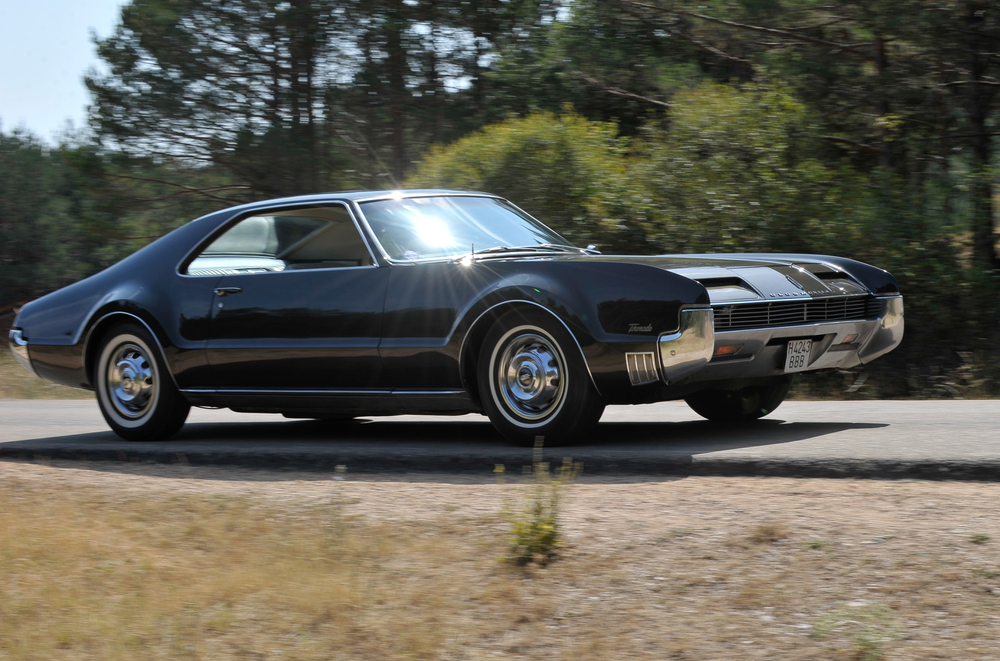
The Oldsmobile Toronado was introduced in 1966 as a groundbreaking personal luxury coupe with front-wheel drive—a first for an American car since the Cord 810. The Toronado’s innovative design, powerful V8 engine, and bold styling made it highly coveted in its early years. However, as the 1970s and 1980s progressed, the Toronado became larger, heavier, and less innovative. By the time the final generation was introduced in 1986, the Toronado had lost much of its original appeal, with a boxy design and lackluster performance. Sales declined, and the model was discontinued in 1992, marking the end of a once-revolutionary American coupe that had lost its way.
Pontiac Firebird (1967-2002)
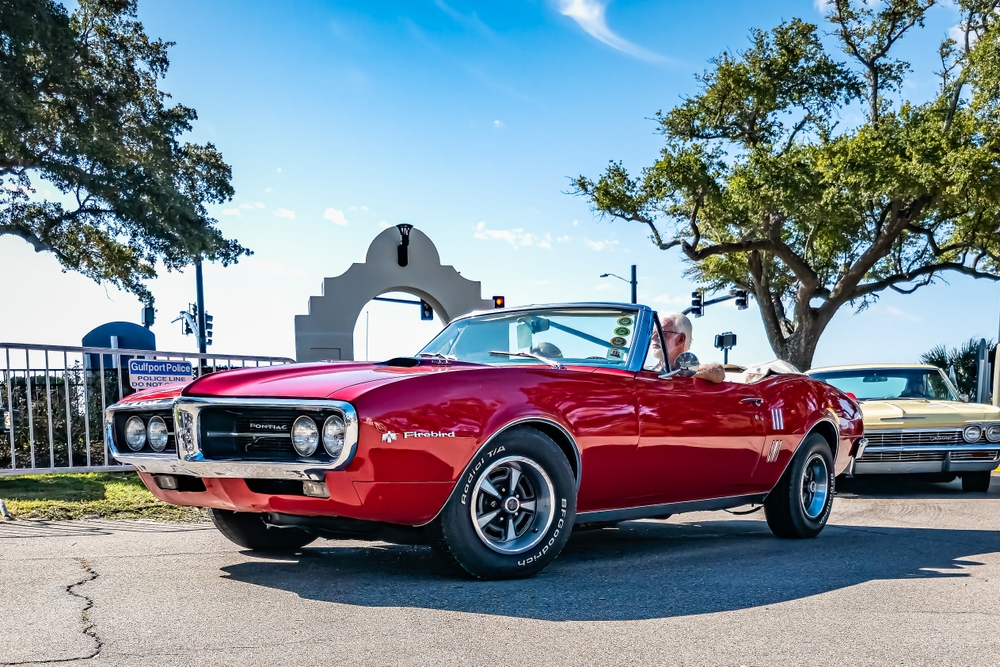
The Pontiac Firebird, introduced in 1967, quickly became a symbol of American muscle and performance, particularly with the introduction of the Firebird Trans Am in 1969. The Firebird enjoyed several successful generations, with iconic models like the 1977 Trans Am, which gained fame in the movie “Smokey and the Bandit.” However, by the late 1990s and early 2000s, the Firebird’s popularity began to wane. The final generation, produced from 1993 to 2002, featured a more aerodynamic design and powerful engines, but it struggled to compete with more modern and refined sports cars. The Firebird was discontinued in 2002, leaving behind a legacy of performance but also a sense of nostalgia for what once was.
Chevrolet El Camino (1959-1987)
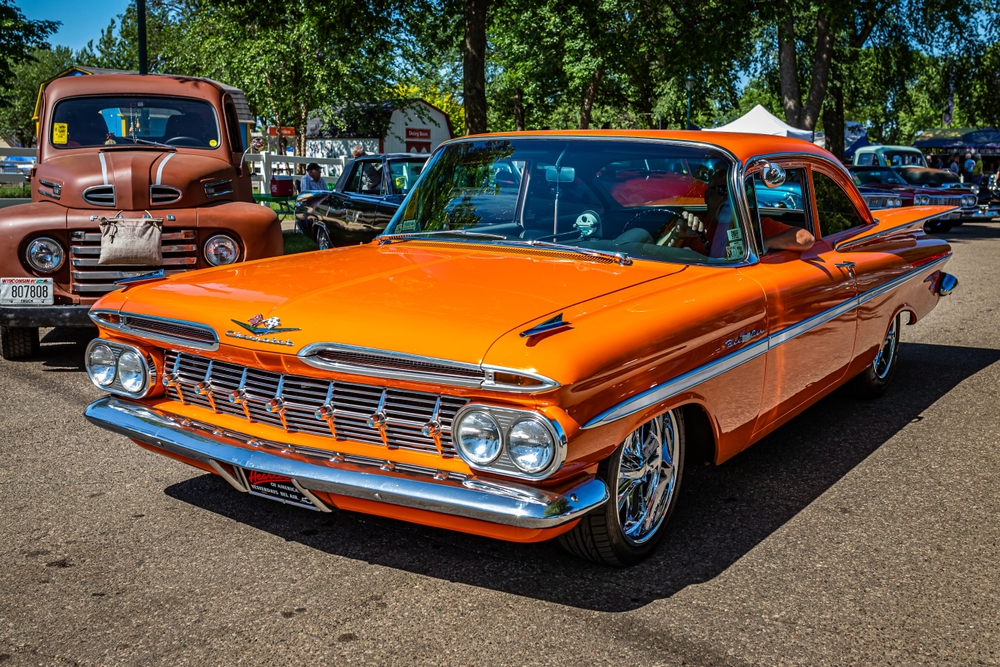
The Chevrolet El Camino was a unique blend of a coupe and a pickup truck, first introduced in 1959. It became highly coveted in the 1960s and 1970s, particularly with the introduction of the SS models, which featured powerful V8 engines and sporty styling. The El Camino was popular among buyers who wanted the utility of a truck with the style and performance of a muscle car. However, as the 1980s progressed, the El Camino’s appeal began to fade. The final generation, produced from 1978 to 1987, was based on the Chevrolet Malibu platform and featured less aggressive styling and weaker performance. By the time it was discontinued in 1987, the El Camino had lost its unique appeal and was no longer the coveted vehicle it once was.
Cadillac Eldorado (1953-2002)
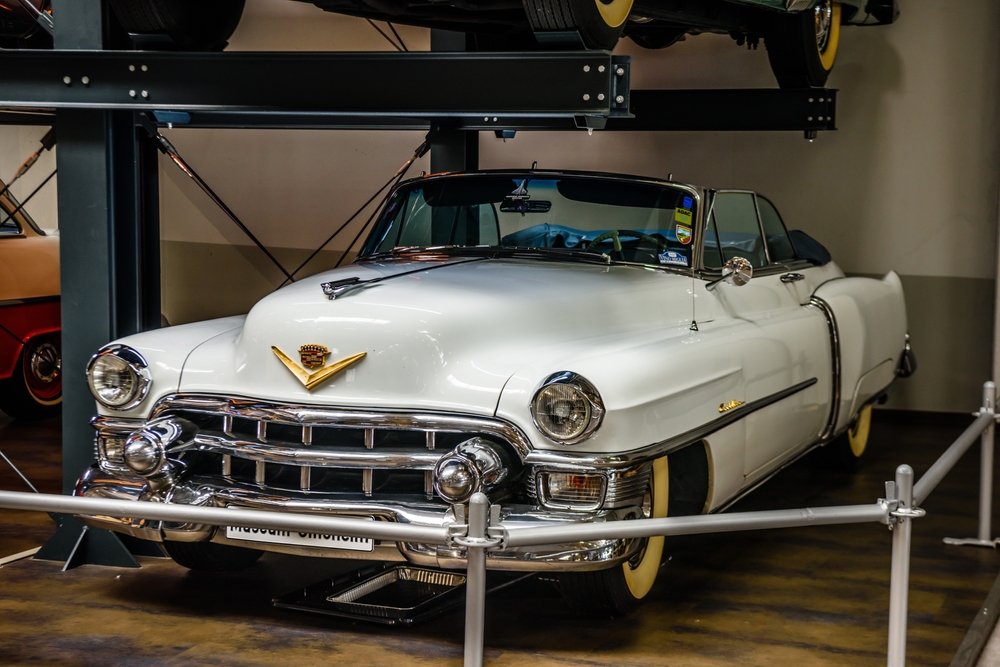
The Cadillac Eldorado was once the epitome of American luxury and style, particularly during its heyday in the 1950s and 1960s. The Eldorado was known for its opulent design, powerful V8 engines, and advanced features like air suspension and automatic climate control. However, as the years went by, the Eldorado became increasingly bloated and less innovative. The final generation, produced from 1992 to 2002, featured a front-wheel-drive layout and a more conservative design that failed to capture the glamour of the earlier models. The once-coveted Eldorado was discontinued in 2002, having lost its luster in a market that was shifting toward more modern and dynamic luxury vehicles.
Mercury Marauder (1963-2004)
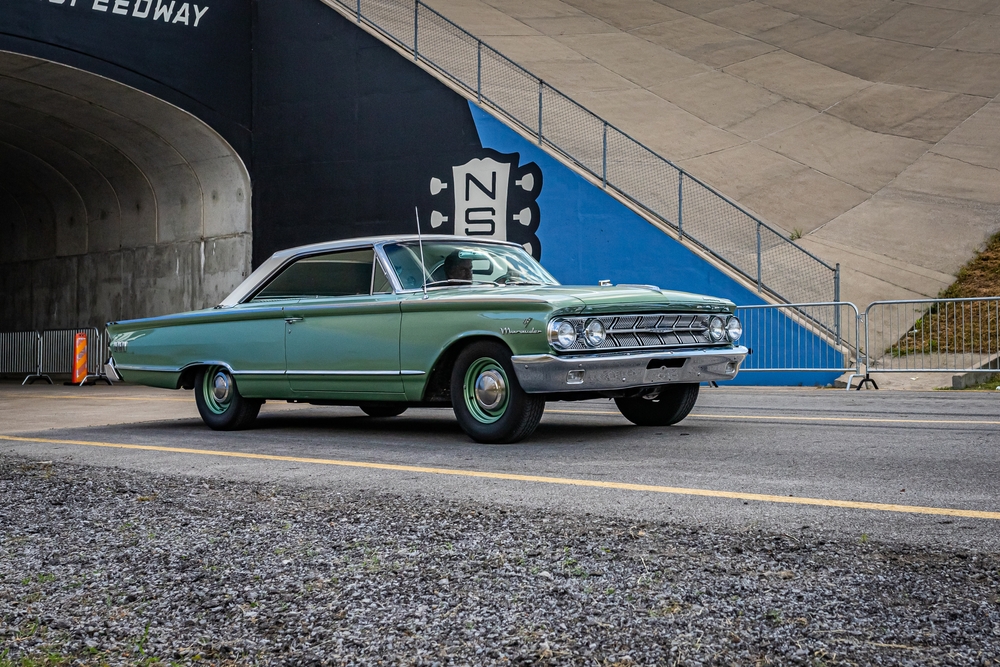
The Mercury Marauder was initially introduced in the 1960s as a performance-oriented full-size coupe with powerful V8 engines and aggressive styling. It was a coveted car among enthusiasts who wanted a big, powerful American coupe. The Marauder was reintroduced in 2003 as a high-performance version of the Mercury Grand Marquis, featuring a 302-horsepower 4.6-liter V8 engine and sporty suspension. However, despite its powerful engine and nostalgic appeal, the modern Marauder failed to capture the market’s attention. Its large size, outdated design, and lack of brand recognition led to poor sales, and it was discontinued after just two model years. The Marauder’s brief comeback highlighted how much the market had changed, leaving behind its once-coveted status.
Buick Reatta (1988-1991)
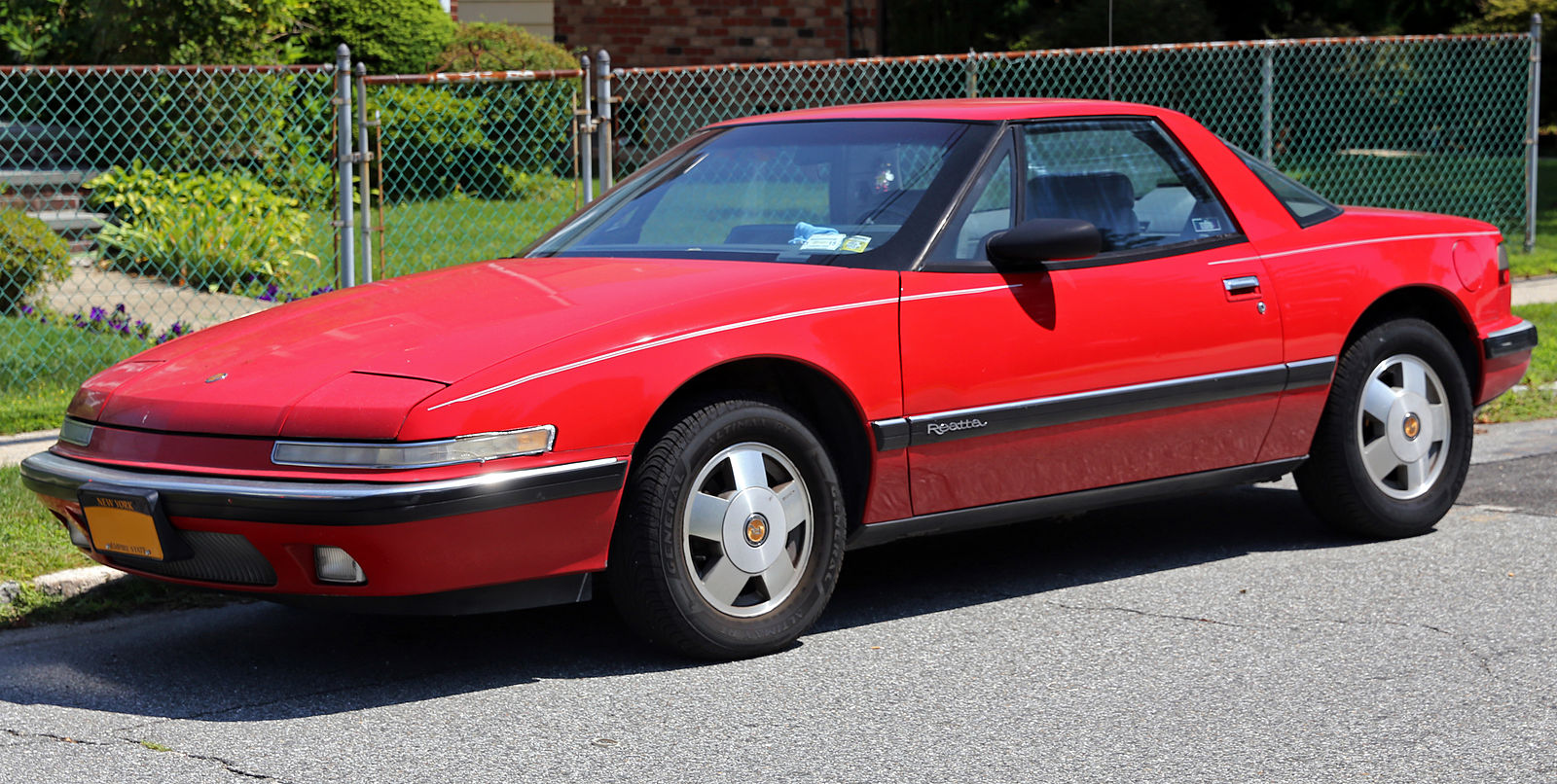
The Buick Reatta was a two-seater luxury coupe introduced in 1988 as a high-tech, hand-built car with a focus on luxury and exclusivity. It featured advanced technology for its time, including a touchscreen display and electronic controls. However, the Reatta struggled to find its place in the market. Its high price, combined with modest performance from a 3.8-liter V6 engine, made it less appealing than other luxury coupes available at the time. The Reatta’s design, while sleek, was not enough to compete with more powerful and stylish rivals. After just four years of production, the Reatta was discontinued, and its once-coveted status faded as it became a footnote in Buick’s history.
Ford Probe (1989-1997)

The Ford Probe was introduced in 1989 as a sporty coupe intended to replace the Ford Mustang. It was developed in collaboration with Mazda and featured a front-wheel-drive layout and a sleek, aerodynamic design. Initially, the Probe was well-received for its futuristic styling and handling, particularly the GT model with its turbocharged engine. However, as the 1990s progressed, the Probe’s popularity waned. Its front-wheel-drive layout and lack of V8 power turned off traditional muscle car enthusiasts, and the rise of more modern sports cars overshadowed the Probe. By the time it was discontinued in 1997, the Probe had lost its appeal, and it failed to leave a lasting legacy as a coveted American coupe.
Chevrolet Beretta (1987-1996)
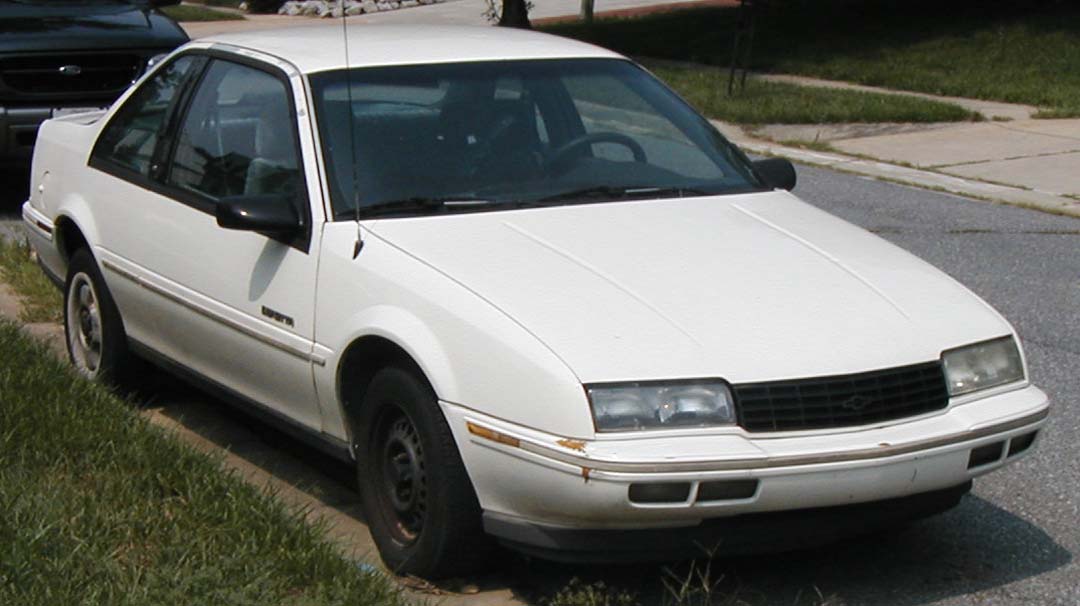
The Chevrolet Beretta was introduced in 1987 as a front-wheel-drive sports coupe aimed at younger buyers. It featured a sleek, wedge-shaped design and was available with a variety of engines, including a 3.1-liter V6 in the GT and Z26 models. The Beretta was initially popular for its affordability and sporty looks, but over time, its appeal faded. The car’s build quality and performance were criticized, and it failed to keep up with the rapidly evolving sports coupe market. By the mid-1990s, the Beretta was seen as outdated and uninspiring, leading to its discontinuation in 1996. Once a popular choice among budget-conscious buyers, the Beretta ultimately lost its luster as it struggled to remain competitive.
Dodge Stealth (1991-1996)
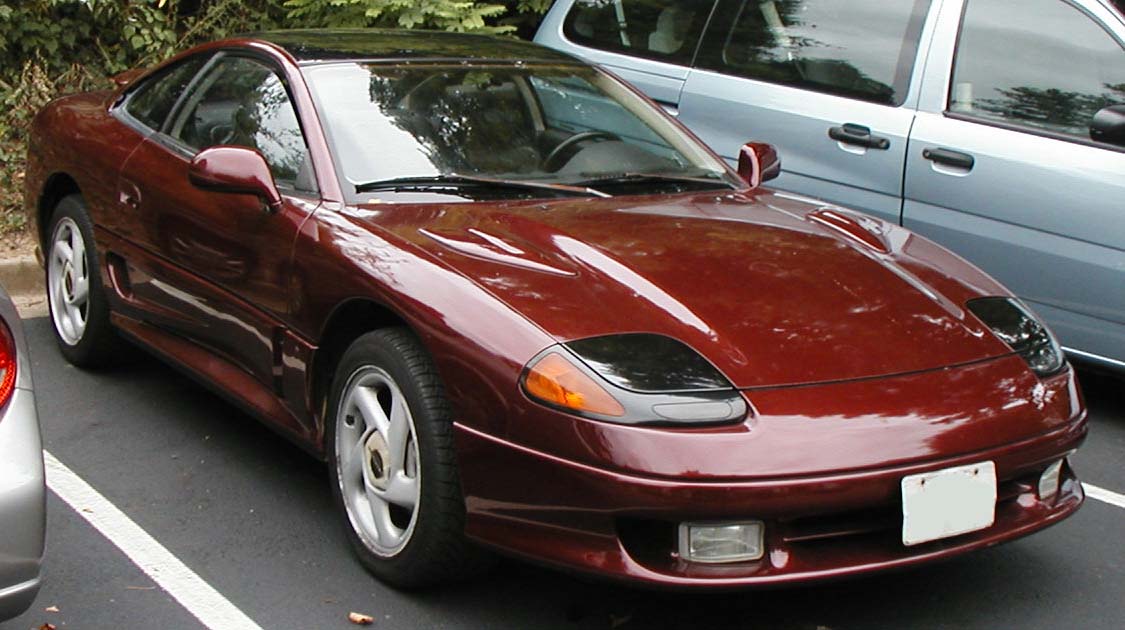
The Dodge Stealth was introduced in 1991 as a collaboration between Chrysler and Mitsubishi, based on the Mitsubishi 3000GT. The Stealth featured advanced technology, including all-wheel drive, four-wheel steering, and active aerodynamics, particularly in the high-performance R/T Twin Turbo model. It was initially coveted for its futuristic design and impressive performance, making it a competitor to other sports cars of the era. However, the Stealth’s high price and complex technology made it expensive to maintain, and its sales were hampered by its close association with the Mitsubishi 3000GT. By 1996, the Stealth was discontinued, and its once-coveted status faded as it became overshadowed by other sports cars in the market.
AMC Javelin (1968-1974)
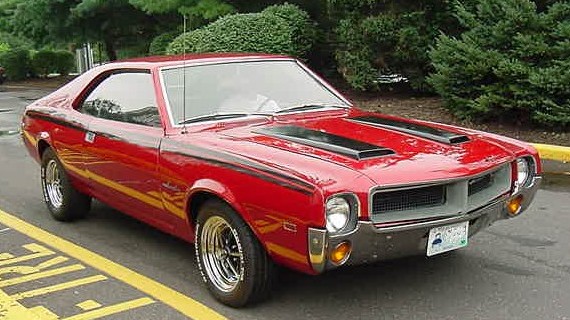
The AMC Javelin was introduced in 1968 as a response to the Ford Mustang and Chevrolet Camaro, offering a stylish and performance-oriented coupe from the often-overlooked American Motors Corporation (AMC). The Javelin featured aggressive styling and was available with powerful V8 engines, including the high-performance AMX variant. It was initially well-received, especially among enthusiasts who appreciated its unique design and strong performance. However, as AMC struggled financially, the Javelin’s quality and performance began to decline. By the time it was discontinued in 1974, the Javelin had lost much of its appeal, and its status as a coveted American muscle car faded as more established brands dominated the market.
Plymouth Barracuda (1964-1974)
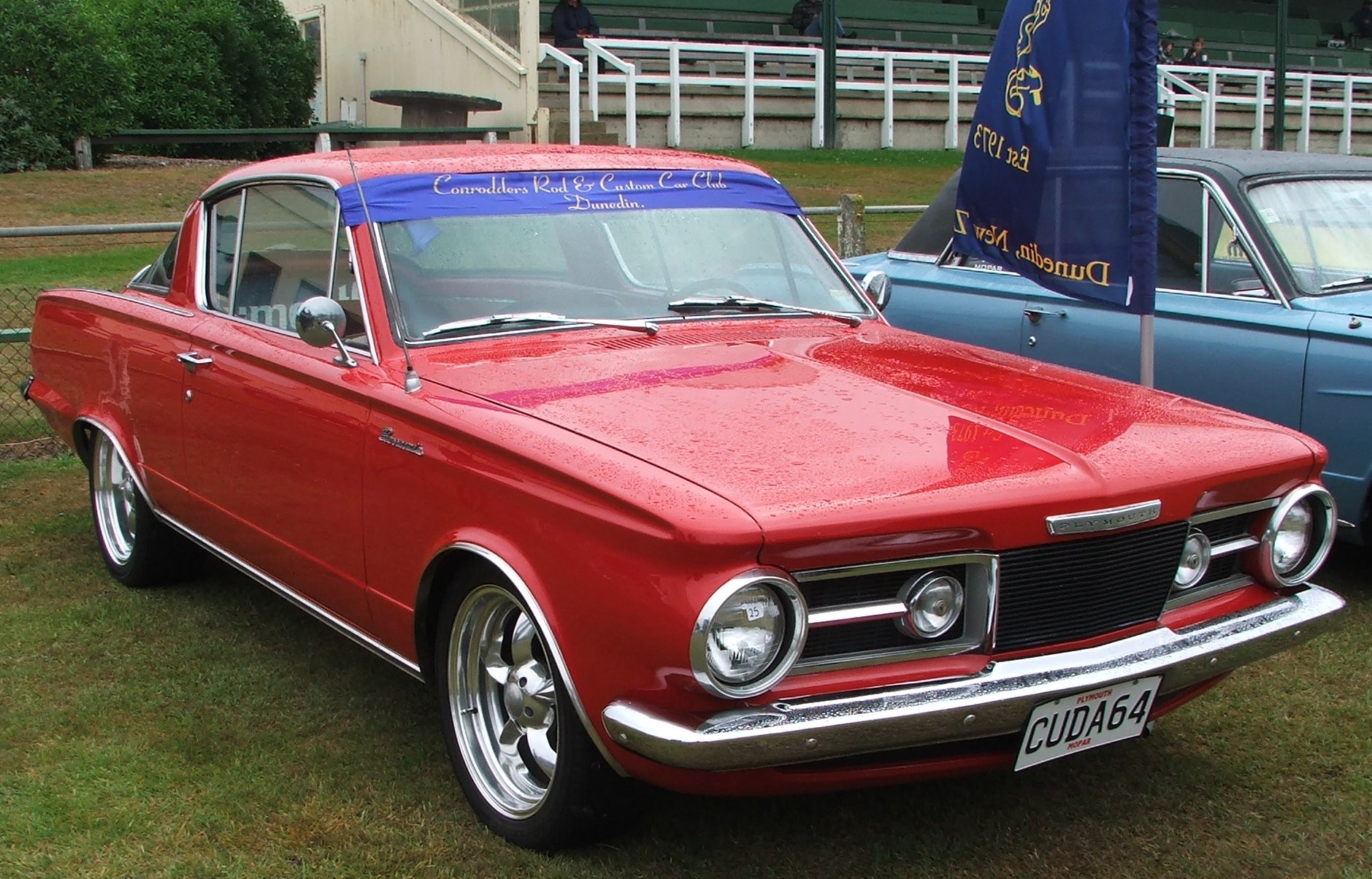
The Plymouth Barracuda was one of the original pony cars, introduced in 1964 as a competitor to the Ford Mustang. The Barracuda featured a distinctive fastback design and was available with a range of powerful V8 engines, including the legendary HEMI in the later models. The 1970-1971 models, in particular, are highly coveted for their aggressive styling and performance. However, as the 1970s progressed, the Barracuda’s appeal began to fade due to the oil crisis and increasing emissions regulations. The final models were less powerful and less stylish, leading to a decline in sales. The Barracuda was discontinued in 1974, leaving behind a legacy of a once-coveted muscle car that could not withstand the changing automotive landscape.
Cadillac Allanté (1987-1993)
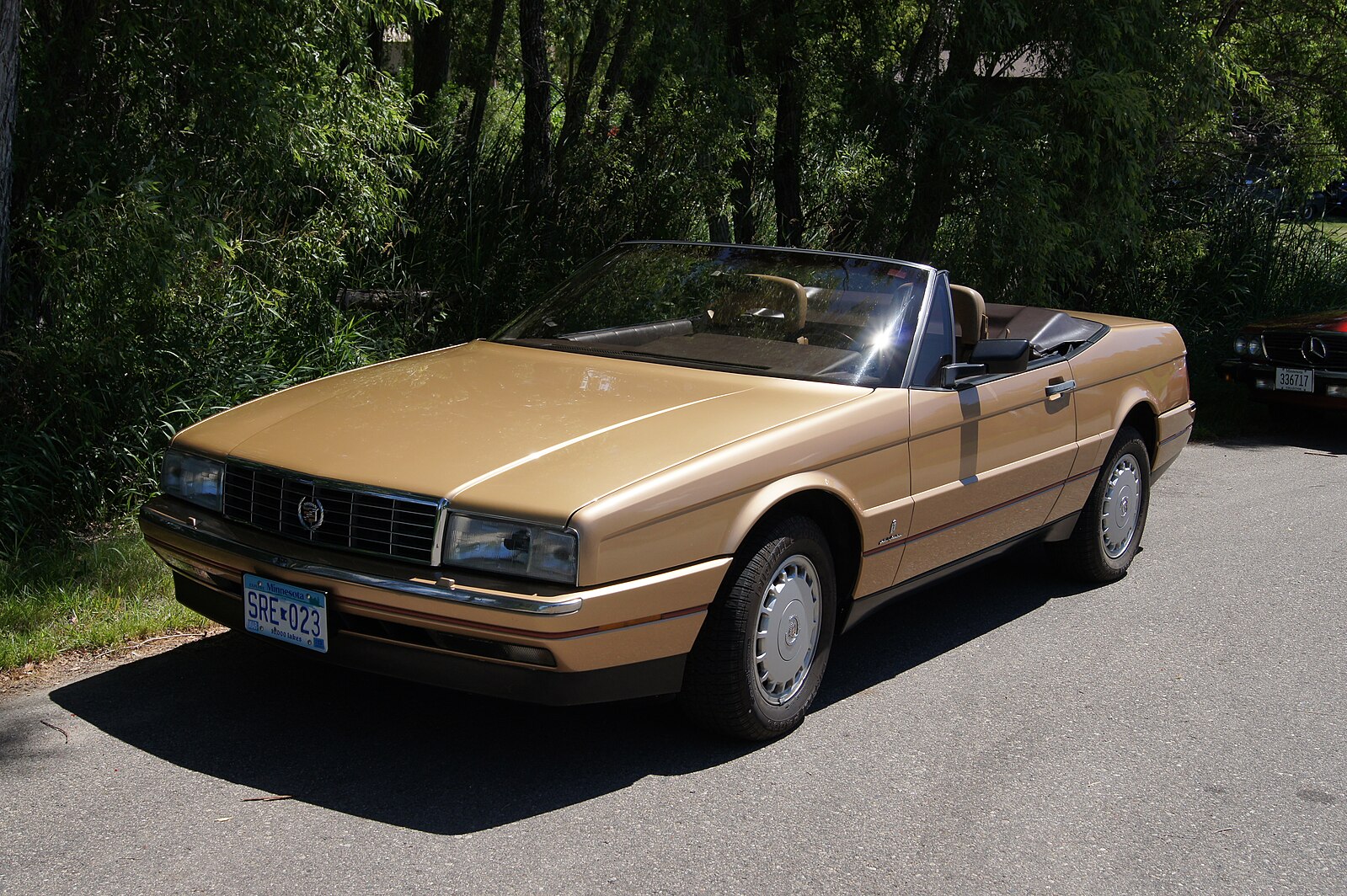
The Cadillac Allanté was introduced in 1987 as a luxury roadster aimed at competing with European models like the Mercedes-Benz SL. It featured a body designed and built by Pininfarina in Italy, which was then flown to the U.S. for final assembly. The Allanté was initially coveted for its unique design and exclusivity, but it struggled to find its footing in the market. Its high price, combined with lackluster performance from its V8 engine and build quality issues, led to disappointing sales. The Allanté was discontinued in 1993, having failed to live up to its potential as a coveted American luxury coupe.
This article originally appeared on MyCarMakesNoise.
More from MyCarMakesNoise
The Top 20 Tools Every Driver Should Keep in Their Car

From maintaining tire pressure to handling under-the-hood adjustments, these tools are vital for ensuring your car’s performance and safety. Read More.
15 Disastrous Vehicle Launches of the 2000s
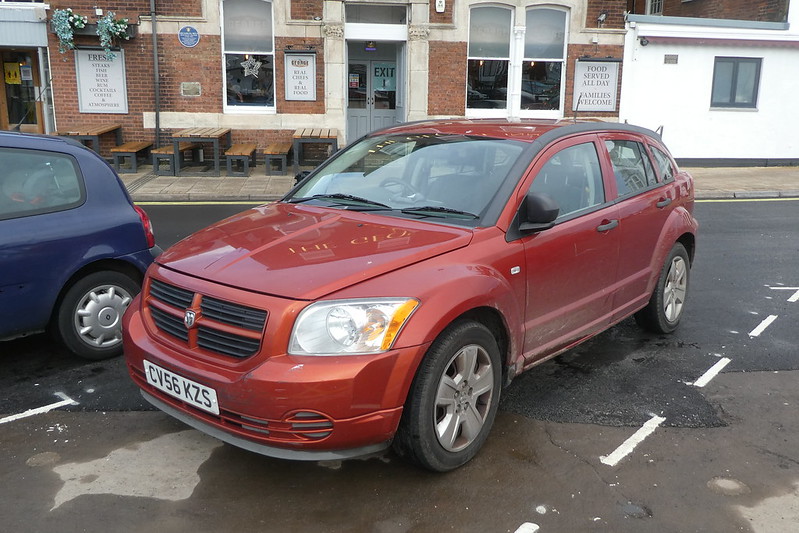
This article explores these automotive missteps, examining the reasons behind their failures and the lessons they offer to manufacturers and designers alike. Read More.
10 Electric Cars That Are Incredibly Rare
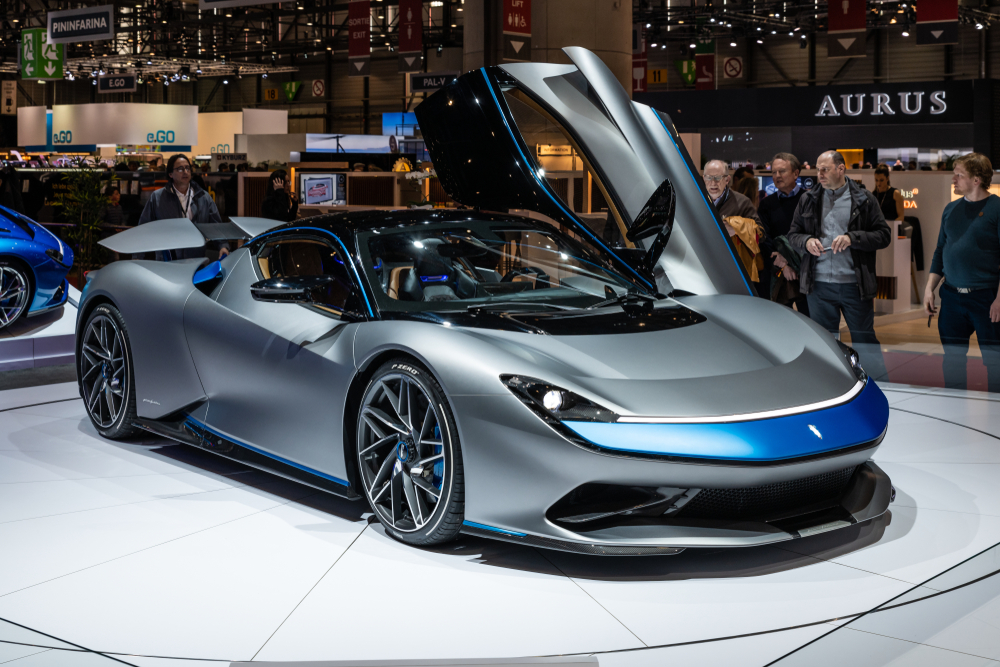
With limited production runs and exclusive features, these vehicles are highly coveted treasures in the world of eco-friendly transportation. Read More.

